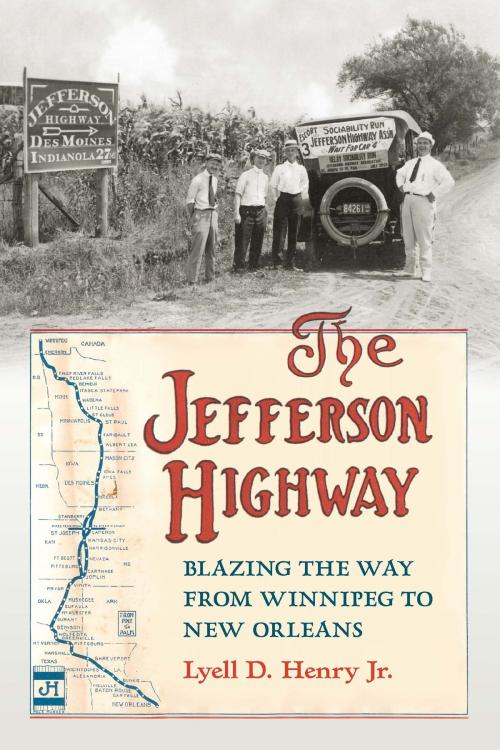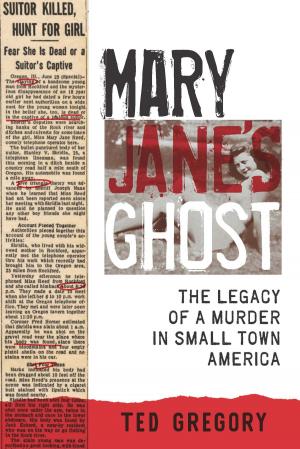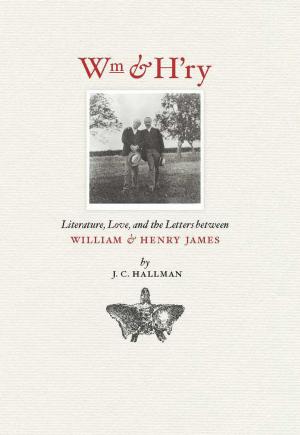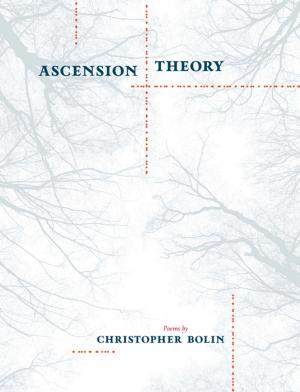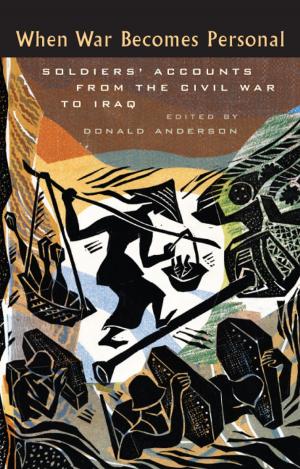The Jefferson Highway
Blazing the Way from Winnepeg to New Orleans
Nonfiction, Reference & Language, Transportation, Automotive, History, Americas, United States| Author: | Lyell D., Jr. Henry | ISBN: | 9781609384227 |
| Publisher: | University of Iowa Press | Publication: | April 15, 2016 |
| Imprint: | University Of Iowa Press | Language: | English |
| Author: | Lyell D., Jr. Henry |
| ISBN: | 9781609384227 |
| Publisher: | University of Iowa Press |
| Publication: | April 15, 2016 |
| Imprint: | University Of Iowa Press |
| Language: | English |
Today American motorists can count on being able to drive to virtually any town or city in the continental United States on a hard surface. That was far from being true in the early twentieth century, when the automobile was new and railroads still dominated long-distance travel. Then, the roads confronting would-be motorists were not merely bad, they were abysmal, generally accounted to be the worst of those of all the industrialized nations.
The plight of the rapidly rising numbers of early motorists soon spawned a “good roads” movement that included many efforts to build and pave long-distance, colorfully named auto trails across the length and breadth of the nation. Full of a can-do optimism, these early partisans of motoring sought to link together existing roads and then make them fit for automobile driving—blazing, marking, grading, draining, bridging, and paving them. The most famous of these named highways was the Lincoln Highway between New York City and San Francisco. By early 1916, a proposed counterpart coursing north and south from Winnipeg to New Orleans had also been laid out.
Called the Jefferson Highway, it eventually followed several routes through Minnesota, Iowa, Missouri, Kansas, Oklahoma, Texas, Arkansas, and Louisiana. The Jefferson Highway, the first book on this pioneering road, covers its origin, history, and significance, as well as its eventual fading from most memories following the replacement of names by numbers on long-distance highways after 1926. Saluting one of the most important of the early named highways on the occasion of its 100th anniversary, historian Lyell D. Henry Jr. contributes to the growing literature on the earliest days of road-building and long-distance motoring in the United States. For readers who might also want to drive the original route of the Jefferson Highway, three chapters trace that route through Iowa, pointing out many vintage features of the roadside along the way. The perfect book for a summer road trip!
Today American motorists can count on being able to drive to virtually any town or city in the continental United States on a hard surface. That was far from being true in the early twentieth century, when the automobile was new and railroads still dominated long-distance travel. Then, the roads confronting would-be motorists were not merely bad, they were abysmal, generally accounted to be the worst of those of all the industrialized nations.
The plight of the rapidly rising numbers of early motorists soon spawned a “good roads” movement that included many efforts to build and pave long-distance, colorfully named auto trails across the length and breadth of the nation. Full of a can-do optimism, these early partisans of motoring sought to link together existing roads and then make them fit for automobile driving—blazing, marking, grading, draining, bridging, and paving them. The most famous of these named highways was the Lincoln Highway between New York City and San Francisco. By early 1916, a proposed counterpart coursing north and south from Winnipeg to New Orleans had also been laid out.
Called the Jefferson Highway, it eventually followed several routes through Minnesota, Iowa, Missouri, Kansas, Oklahoma, Texas, Arkansas, and Louisiana. The Jefferson Highway, the first book on this pioneering road, covers its origin, history, and significance, as well as its eventual fading from most memories following the replacement of names by numbers on long-distance highways after 1926. Saluting one of the most important of the early named highways on the occasion of its 100th anniversary, historian Lyell D. Henry Jr. contributes to the growing literature on the earliest days of road-building and long-distance motoring in the United States. For readers who might also want to drive the original route of the Jefferson Highway, three chapters trace that route through Iowa, pointing out many vintage features of the roadside along the way. The perfect book for a summer road trip!
